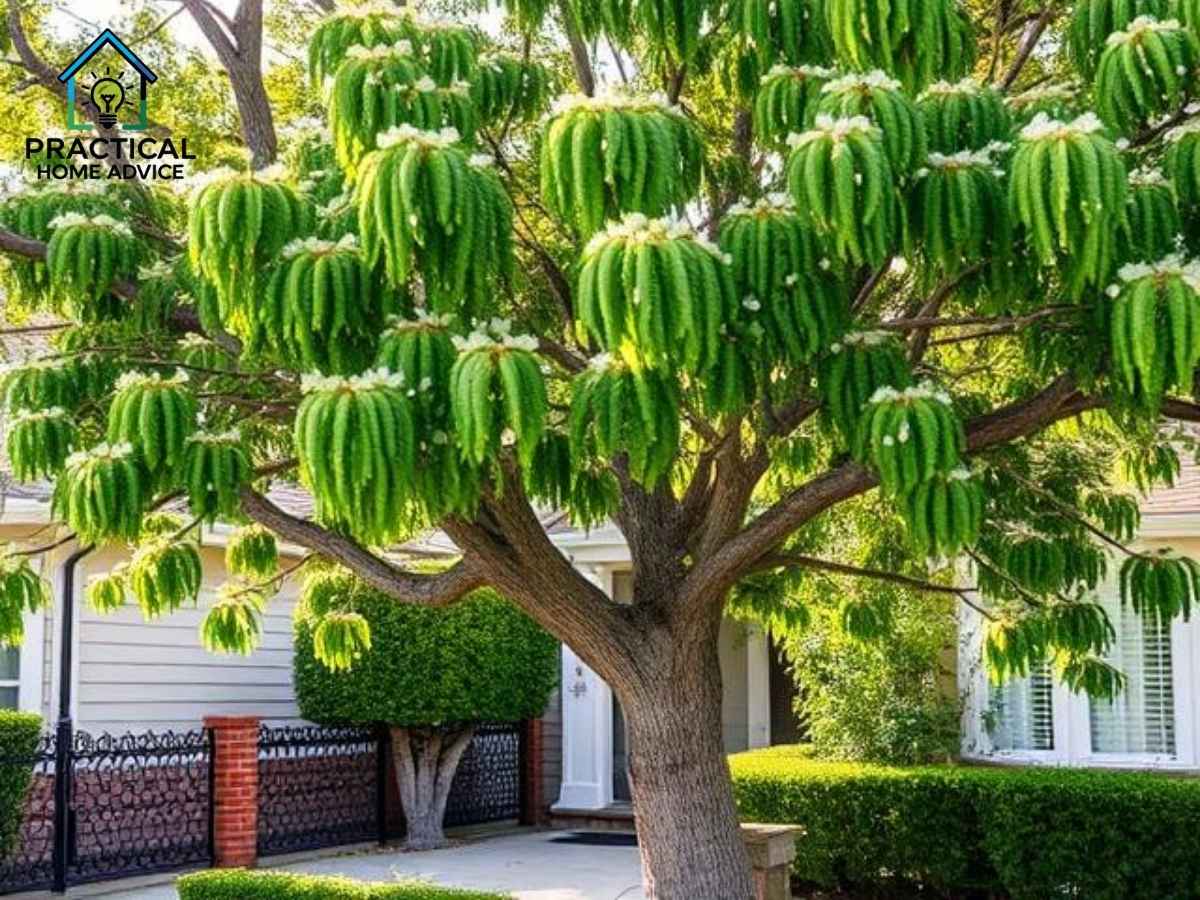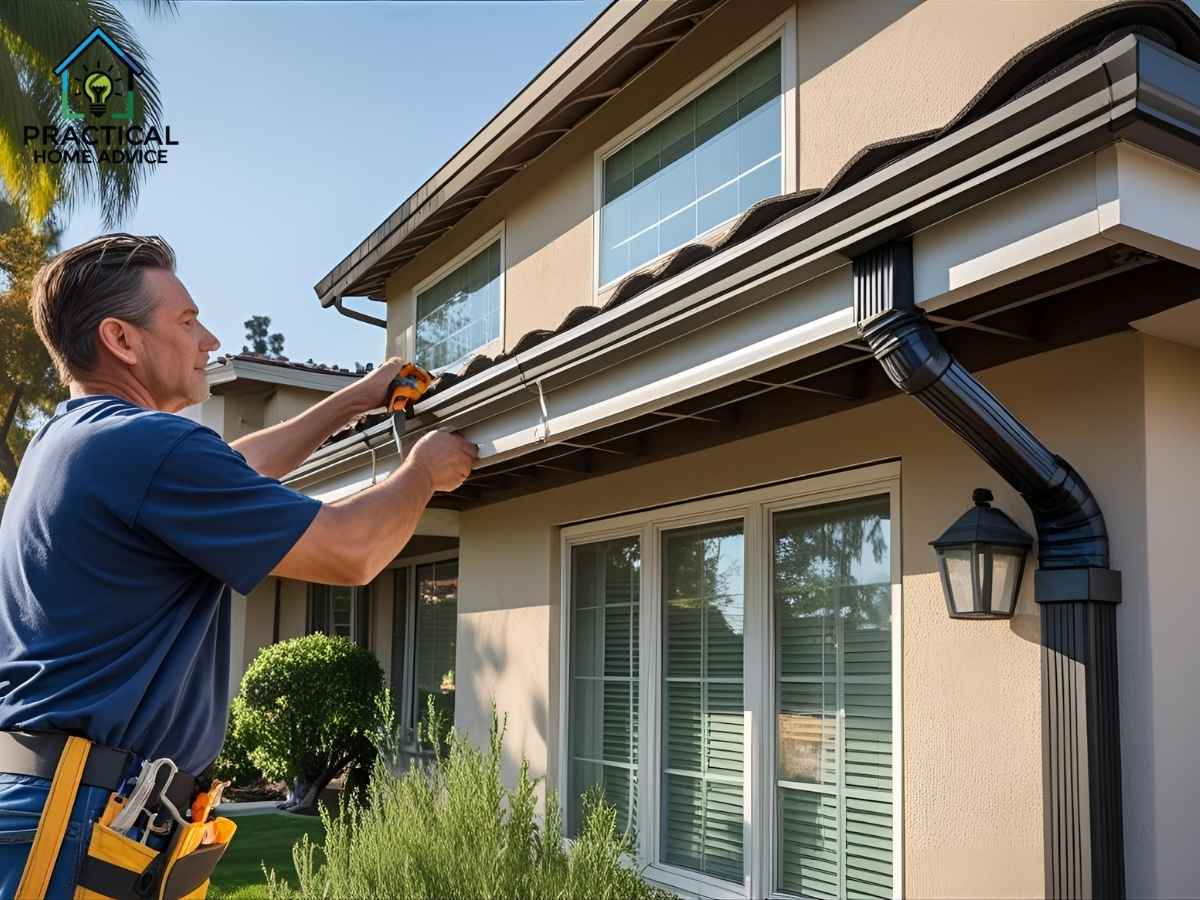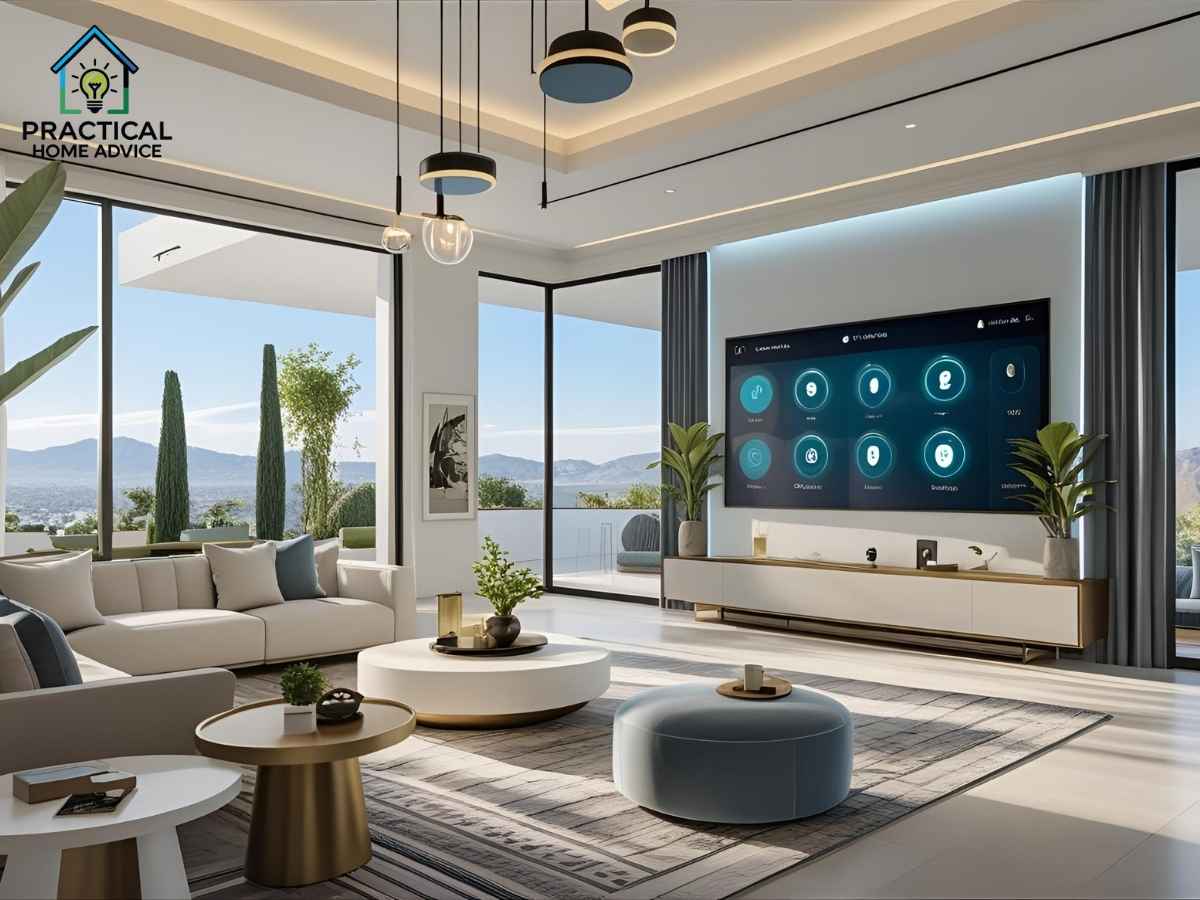In the heart of Downtown Los Angeles lies the bustling Financial District, centered around ZIP code 90071, with its towering skyscrapers, historic office buildings, and luxury apartments. As a local expert who’s walked these streets and knows the neighborhood well, I can tell you that while the city basks in sunny weather most of the year, the unique blend of Southern California’s coastal climate and dense urban environment creates pockets where moisture and mold issues quietly grow. When business owners, residents, and property managers discover mold problems here, they turn to trusted mold remediation specialists who understand the local climate challenges, compliance requirements, and effective solutions tailored to this area.
Los Angeles, with average summer temperatures in the 80s °F and mild winters, does not immediately bring mold to mind. However, average humidity near 64% and occasional rain, combined with high-rise buildings with aging HVAC, plumbing leaks, and dense construction, create conditions ripe for hidden mold growth. Mold remediation specialists in the Financial District know how to navigate these challenges and safeguard health, property value, and business continuity.
Table of Contents
Local Context and Challenges Specific to Los Angeles
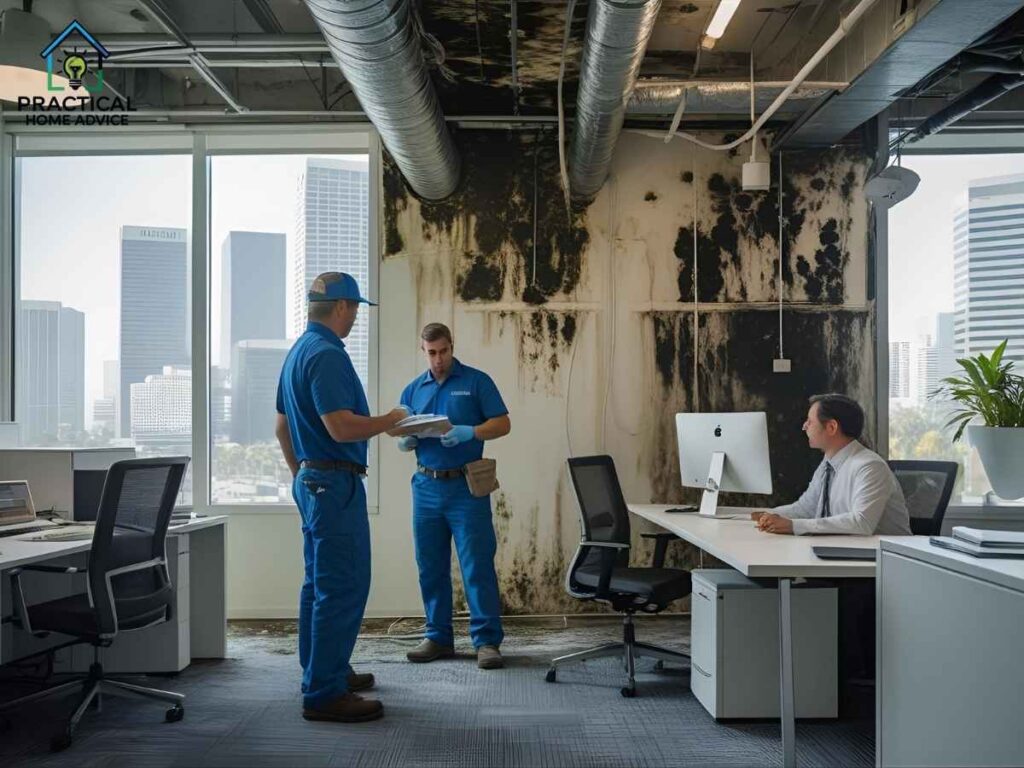
Los Angeles’ mild climate still supports mold growth mainly due to indoor moisture and water intrusion events. The downtown area experiences higher humidity than the desert parts of Southern California, and moisture often accumulates in poorly ventilated buildings or around water leaks. These are not just residential issues: financial institutions, law firms, and corporate offices in the Financial District require immediate mold remediation as mold can impact indoor air quality, causing health issues and undermining tenant trust.
Many buildings in the area date back to early 20th century and have extensive aging infrastructure. This can lead to plumbing leaks or seepage issues that, if unaddressed, allow mold colonies to establish in walls, ceilings, and ductwork. Additionally, the advent of sustainable building upgrades and older buildings retrofitting for energy efficiency sometimes reduces natural ventilation, inadvertently creating moisture traps.
Comprehensive Solutions with Neighborhood Examples
Let’s talk concrete solutions for mold in this local context. Mold remediation in Los Angeles’ Financial District involves a combination of detailed inspection, moisture control, containment, removal, and prevention.
- First, remediation specialists conduct thorough mold inspections using moisture meters, infrared cameras, and sometimes air quality testing to detect hidden mold colonies. This is critical because mold often hides behind drywall, under carpet, or within HVAC ducts—not visible unless you know what to look for.
- Next, containment protocols isolate mold-affected areas to prevent spores from spreading throughout busy office spaces or high-rise residences. This includes the use of plastic sheeting, negative air machines, and HEPA filtration systems during treatment.
- The mold removal process is followed by cleaning and disinfecting affected surfaces with EPA-approved products and fungicides tailored for indoor use. Restoration teams will often remove mold-infested drywall or insulation materials and replace them with mold-resistant alternatives to prevent recurrence.
- Post-remediation, experts install moisture barriers, fix leaks, enhance ventilation, and sometimes advise on dehumidification solutions like commercial-grade dryers or HVAC improvements adapted for high-rise downtown buildings.
Local Case Studies
In the Arts District (ZIP code 90013), a real estate firm occupying a renovated warehouse loft faced persistent mold caused by a leaking rooftop drainage system during the rainy season. The mold remediation specialist identified hidden pockets of mold behind drywall and inside ceiling cavities. Through meticulous containment and removal, along with repairs to drainage, the space was restored without disrupting the firm’s operations.
In the South Park neighborhood (ZIP code 90015), a luxury apartment on Grand Ave suffered mold growth after the building’s HVAC system malfunctioned, raising humidity levels. The remediation team used advanced air scrubbers and deep-cleaning foggers to eradicate mold spores in ductwork and interior walls, ensuring residents had a safe environment to return to.
Lastly, in the nearby Bunker Hill area (ZIP code 90017), a historic office building owned by a law firm had black mold developing due to decades-old plumbing corrosion. The local specialists coordinated with licensed plumbers for pipe replacement during remediation, ensuring long-term control of the moisture source and compliance with LA safety codes.
Top 3 Service Providers
Speaking of specialists, here are the top three mold remediation providers known for their expertise and stellar reputation in Los Angeles, particularly the Financial District area:
- Burns Environmental Services: These specialists provide comprehensive mold remediation solutions tailored to LA’s diverse building types. Their team is known for meticulous inspections and eco-friendly mold removal techniques. Website: burns-enviro.com
- Mold Inspection Sciences of Los Angeles: Experts in mold testing and inspection, they provide unbiased, science-based assessments to guide remediation efforts. Their deep knowledge of local building structures and mold types makes them a valuable partner. Website: moldscience.com/los-angeles
- C3 Restoration Services: This company is renowned for quick and thorough mold removal, especially in commercial and residential high-rises in downtown LA. Their certified technicians use state-of-the-art equipment to ensure lasting results. Website: c3restorationservices.com
Local Tools and Resources
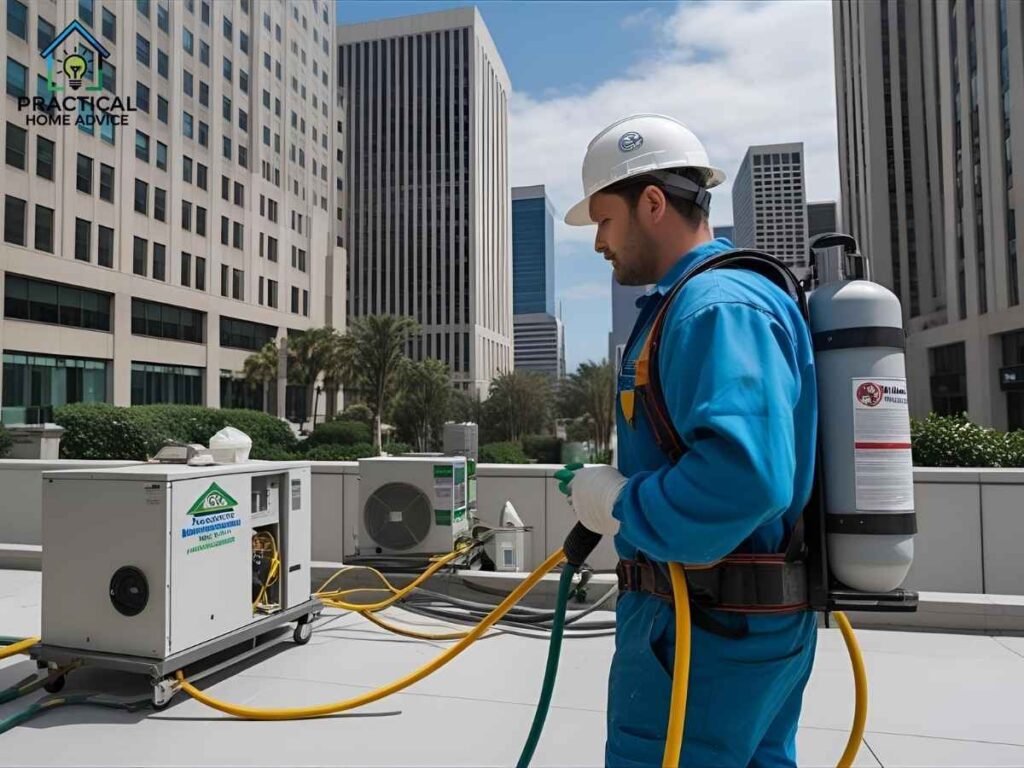
Navigating local tools and resources is key to successful mold remediation in Los Angeles. The Los Angeles Department of Water and Power (LADWP) website offers vital information about water-related concerns and construction permits necessary for building modifications in the Financial District. The Los Angeles County Public Health Department provides tenant rights information regarding mold in rental properties and reporting procedures. For building owners undertaking remediation, obtaining proper permits is critical and can be pursued via the Los Angeles Department of Building and Safety (LADBS).
Conclusion with Call to Action
Mold issues are not only a nuisance—they can threaten health, damage property, and interrupt business. With expertise, quick action, and trusted specialists, the Financial District of Los Angeles can remain a clean, healthy environment for all its occupants.
If you or your business suspects mold growth, don’t delay. Contact a local Financial District mold remediation specialist today. These experts provide free inspections, transparent pricing, and second-to-none service to protect your space, health, and investment in Los Angeles.
Frequently Asked Questions (FAQ) About Mold Remediation in Los Angeles Financial District
What causes mold problems in the LA Financial District?
Mold often results from water leaks, poor ventilation, high humidity, and aging infrastructure common in older downtown buildings.
How long does mold remediation take in a commercial Financial District building?
Depending on infestation size, remediation can take 2 days to 2 weeks, factoring in inspection, containment, removal, and drying.
Are there tenant protections against mold in LA?
Yes, landlords must remediate mold within 30 days of notice per California law, with tenants having rights to withhold rent or terminate leases if ignored.
Do I need permits for mold remediation in Financial District buildings?
Permits may be required for related construction or repairs; check LADBS permits and LADWP water-related rules.
How can I prevent mold in downtown LA offices or condos?
Regular maintenance, prompt leak repairs, use of dehumidifiers, and proper HVAC filtration help prevent mold growth locally.
